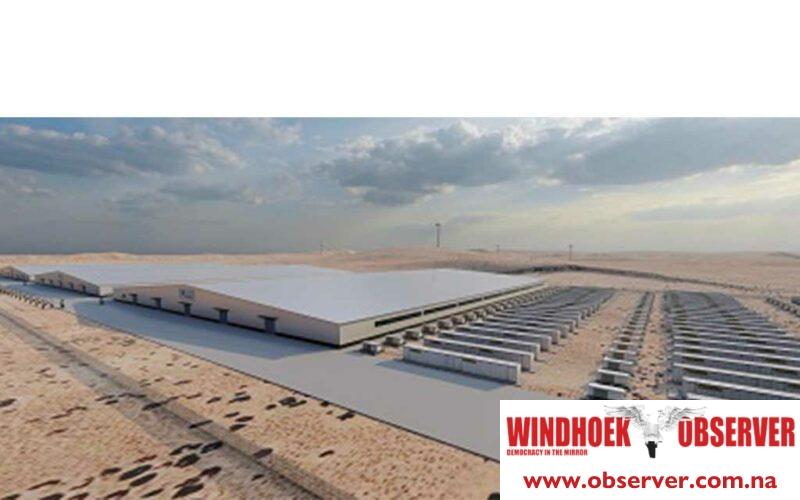Chamwe Kaira
The China Development Bank (CDB) and the Development Bank of Southern Africa (DBSA) have signed a US$293 million loan facility agreement.
This marks the first financing cooperation between the two banks and will support infrastructure, energy, ICT, water, health, and manufacturing projects across Africa.
“This agreement marks a new stage in our cooperation,” said CDB president Tan Jiong.
Both banks are members of the BRICS Interbank Cooperation Mechanism.
The agreement aims to enhance financial, economic, and trade cooperation among BRICS countries and strengthen the strategic partnership between China and South Africa.
It follows the ‘Ten Major Partnership Actions’ announced by China at the 2024 Beijing Summit of the Forum on China-Africa Cooperation.
“We sign this line of credit with our partner CDB to advance our ambition. An ambition that carries a profound weight of future responsibility, for we are enabling unwritten chapters of our future through the sustainable infrastructure that we build today,” said Boitumelo Mosako, DBSA chief executive officer.
CDB is the largest infrastructure financing bank in China and plays a major role in funding projects under China’s Belt and Road Initiative.
It promotes investment and financing cooperation with developing countries globally.
In Namibia, one of the major projects funded by DBSA is the Hyphen Hydrogen Energy project.
DBSA and Hyphen signed a funding agreement to support the development of Namibia’s green hydrogen project.
The facility will fund engineering, environmental, and socio-economic development activities leading up to the final investment decision.
The Hyphen project is expected to significantly impact Namibia’s economy.
With a total capital investment of US$10 billion, about the size of Namibia’s annual GDP, the project will produce two million tonnes of green ammonia annually for regional and international markets.
It anticipates creating 15,000 jobs during construction and 3,000 permanent jobs once fully operational.
DBSA said it recognises the potential of Namibia’s green hydrogen sector and sees it as a model of sustainable development for the Southern African region.




